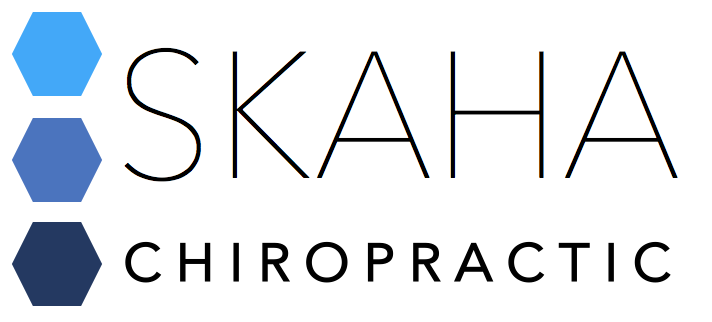Low-Level Laser Therapy
What is laser therapy?
Low-level laser therapy (LLLT) is the application of low-power light energy, within the visible red and near-infrared band of the electromagnetic spectrum, for therapeutic purposes. The acronym L.A.S.E.R. stands for Light Amplification by Stimulated Emission of Radiation.
How does laser therapy work?
Theralase lasers work by supplying the body with billions of photons of light at very specific wavelengths. The body absorbs this laser light on a cellular level and transforms it into chemical energy, which the body then naturally uses to repair its own tissue. The bio-stimulating effect of laser therapy causes decrease in both pain and inflammation, and an increase in tissue regeneration and accelerated healing.
What conditions can be treated?
Non-thermal laser therapy can be used safely and effectively to treat a wide range of neuromusculoskeletal conditions. Theralase is FDA and Health Canada approved for adjunctive use in the temporary relief of pain associated with knee disorders. Non- thermal laser therapy can also be used to promote wound healing, improve post- exercise muscle recovery and delay fatigue, and accelerate tissue healing in numerous nerve-related conditions.
What are the benefits of laser therapy?
Rapid Cell Growth: Accelerates cellular reproduction and growth.
Faster Wound Healing: Stimulates fibroblast development and accelerates collagen synthesis in damaged tissue.
Anti-Inflammatory Action: Reduces swelling caused by bruising or inflammation of joints to provide enhanced joint mobility.
Reduced Fibrous Tissue Formation: Reduces the formation of scar tissue following tissue damage from: cuts, scratches, burns, or post-surgery.
Increased Metabolic Activity: Produces higher outputs of specific enzymes, greater oxygen and food particle loads for blood cells and thus greater production of the basic food source for cells: Adenosine triphosphate (ATP).
Increased Vascular Activity: Induces temporary vasodilation increasing blood flow to damaged areas.
Stimulated Nerve Function:Speeds up the process of nerve cell reconnection to bring the numb areas or “dead limbs” caused by slow recovery of nerve function in damaged tissue back to life.



